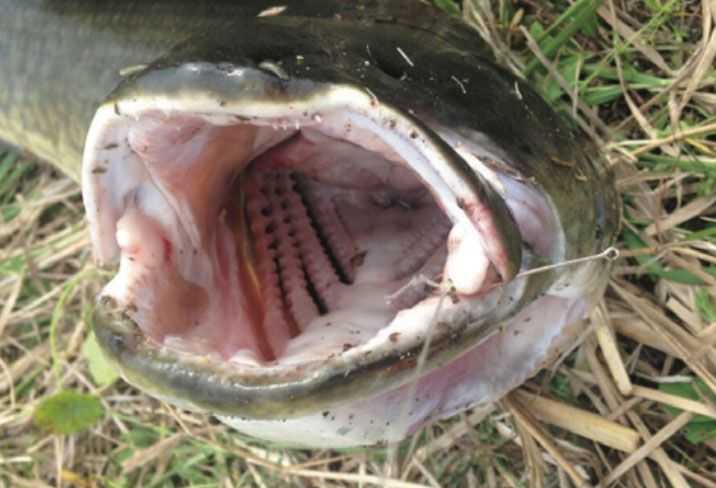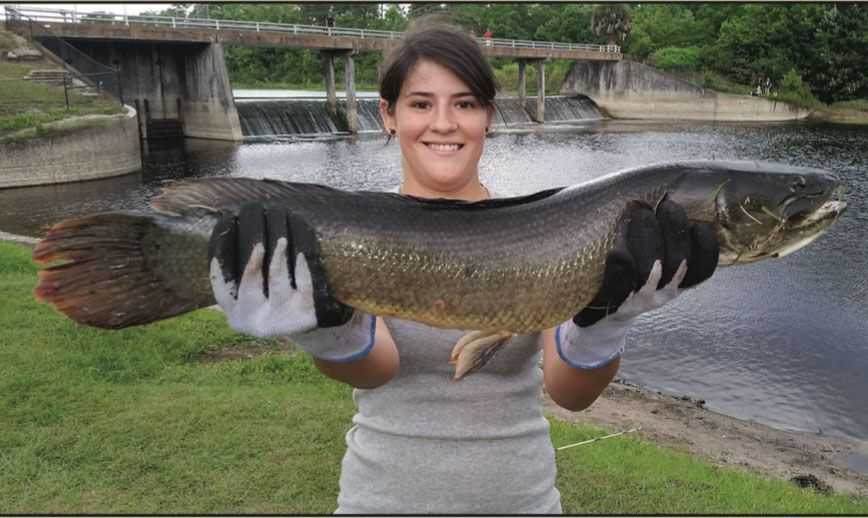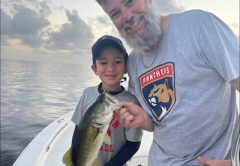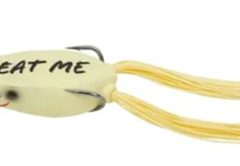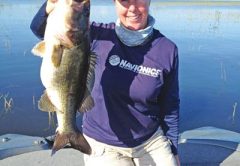Whatever you call them, bowfin, mudfish, cottonfish, dogfish, or some choice names that can’t be mention here, you probably had a pretty good fight landing one. Bowfins are notorious for providing a long and hard battle to be landed.
Bowfins are a North American native species that have been around for over 150,000 years. Bowfins belong to the fish family Amiidae and are more related to the gar fish than a similarly looking fish called the snakehead found in lower south Florida. Snakeheads are an invasive species of the family Channidae which are native to Africa and Asia. For distinguishing between the two refer to the pictures provided.
A Bowfin has an elongated body with a dorsal fin running its entire length. It has oval shape scales called cycloid scales which have growth rings on them. The head is armored with a double skull, a large mouth, strongly developed teeth, a bony gular plate, and tubular nostrils The back and sides of the bowfin are olive-colored, with dark, and netlike mottling while the belly is cream-colored to white. The paired fins and anal fin are bright green.
Like gars, Bowfin are bimodal breathers which means they have the capacity to breathe both water and air. Their gills exchange gases in the water allowing them to obtain oxygen for breathing, but they also have a gas bladder that serves to maintain buoyancy and also allows them to breathe air. Frequently you’ll see them break the surface to gulp air, which allows them to survive conditions of aquatic hypoxia that would be lethal to most other species.
Bowfins typically inhabit lowlands and are common in backwaters, oxbow lakes, and clear, well-vegetated streams. They have a preference for clear water with abundant vegetation but are tolerant of silt, mud, and high temperatures. Adult Bowfins usually live in deep water, coming into shallows at night and during the breeding season.
In Florida Bowfins normally eat fish, such as small bait fish, speckled perch and catfish, but they may prey on freshwater crayfish, snakes, turtles, mice and leeches. Being a predator, they will take just about any lure or bait that is presented to them. Minnow-like stick baits, plastic worms and swim baits, spinner baits, and live shiners are all subjected to be snatched up by bowfins. If you happen to catch one, handle with care for their jaw muscles are strong and they have sharp teeth so BE CAREFUL.
Bowfins are on the list of species eligible for FWC’s Big Catch Angler Recognition Program. For adults, the minimum entry is 28 inches or 8-pounds while the Youth Division is 21-inches or 6 pounds. The Florida State Record for Bowfins is 19.00 lbs caught by Jim Brown in Lake Kissimmee in November 1984.
So the question remains, can you eat them. Well I guess they won’t kill you but it might not taste good. One recipe I read said to nail a gutted fish to a board with the skin on, place it in a campfire and then when done throw the fish out and eat the board. Another entry I read said the Bowfin earned its name cottonfish because the cooked meat balls up and tastes like cotton. My suggestion is that if you must try eating a Bowfin then smoke it. Everything tastes better wrapped in bacon and smoked.
So if you can’t reasonably eat Bowfin at least enjoy the great fight it puts on and release it for another day.

